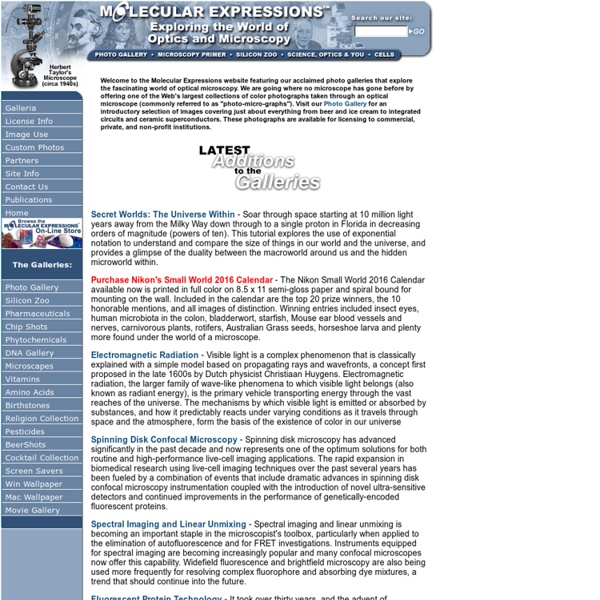



Botany Photo of the Day Taisha wrote today's entry. We were both challenged to find the bona fide botanical name for this taxon, and had to give up (no results in the USPTO database, for one), so we left it as a black-fruited selection (read more below). Taisha writes: The past two days in Vancouver have been quite warm and enjoyably sunny--prompting many to get out into the garden. For those in the temperate northern hemisphere who are anticipating growing plants from seeds soon, I thought I would help explain some oft-used seed terminology. Certified organic (with an emphasis on Canada, as definitions and regulations are different depending on country): Organic seeds are seeds that are harvested from a plant grown in a way that meets organic regulations. Many seeds may be labeled organic, and since 2009 the official Canada Organic Logo has been voluntarily used to mark products that are organic. Hybrid: Hybrid seeds are products of elite plants with specific traits that are cross-pollinated.
The Whale Hunt / by Jonathan Harris / Statement Harpoon station at sunset in whaling camp The Whale Hunt is an experiment in human storytelling. In May 2007, I spent nine days living with a family of Inupiat Eskimos in Barrow, Alaska, the northernmost settlement in the United States. The first several days were spent in the village of Barrow, exploring ramshackle structures, buying gear, and otherwise helping the whaling crew to prepare for the hunt. We then traveled by snowmobile out onto the frozen Arctic Ocean, where we camped three miles from shore on thick pack ice, pitching our tents about ten feet from the open water. Howard readies a harpoon A thousand-year-old tradition, the Inupiat whale hunt provides the community’s annual food supply, currently limited by international law to 22 whales a year. Simeon stands at the snow fence I documented the entire experience with a plodding sequence of 3,214 photographs, beginning with the taxi ride to Newark airport, and ending with the butchering of the second whale, seven days later.
Busy Bees Use Flower Petals For Nest Wallpaper Veolia Environnement Wildlife Photographer of the Year 2010 | BBC Wildlife Magazine About Veolia Environnement Wildlife Photographer of the Year 2010 The Veolia Environnement Wildlife Photographer of the Year is owned by BBC Wildlife Magazine and the Natural History Museum, London. Chairman of the judges, Mark Carwardine, says, “Nothing speaks louder than an evocative photograph that stirs the imagination, tugs at the heart strings and engages the mind. The competition plays a crucial role in raising the profile of wildlife photography and generating awareness of conservation.” To find out more about the competition, visit the Wildlife Photographer of the Year website. To read the full stories behind these wonderful pictures, and the judges' comments, read the October issue of BBC Wildlife, OUT NOW! To get your FREE exhibition guide, featuring all of the winning images, don't miss the November issue of BBC Wildlife, on sale 21 October.
Photomicrography Competition | Nikon Small World